The Ultimate Guide to Transitioning Your Bedding from Summer to Winter
☀️→❄️
As the seasons change, so should your bedding. While summer nights often call for lightweight sheets and breathable blankets, winter demands warmth, coziness, and insulation. Proper seasonal bedding not only improves comfort but also enhances sleep quality, helping you wake refreshed even on the coldest mornings.
This guide will help you smoothly transition your bedding from summer to winter, ensuring both style and functionality for every season. Let's dive in.
Understanding Seasonal Bedding Needs
Bedding is more than just sheets and blankets; it’s a sleep ecosystem that regulates your body temperature and contributes to restful sleep. During summer, lightweight and breathable fabrics keep you cool, while winter requires materials that trap heat and offer insulation.
Ignoring these seasonal differences can lead to disrupted sleep, discomfort, and even increased energy usage as you rely more on heating or air conditioning.
The key to a smooth transition is layering and thoughtful fabric choices. With the right bedding strategy, you can stay comfortable throughout fluctuating temperatures in early fall and the coldest winter months.
Expert Tip: Sleep specialists suggest maintaining a consistent sleep temperature of 60–65°F (15–18°C) for optimal rest. Bedding adjustments play a crucial role in achieving this.
Summer Bedding Essentials
Before you start the transition, let’s review what makes summer bedding comfortable:

-
Lightweight sheets: Cotton, linen, and bamboo are excellent choices for hot weather due to their breathability and moisture-wicking properties.
-
Breathable blankets or quilts: Thin comforters or coverlets prevent overheating while still offering a light layer of warmth.
-
Cooling pillows and mattress toppers: Pillows with gel inserts or breathable fibers help regulate temperature and improve comfort during warm nights.
Summer bedding focuses on airflow, moisture management, and lightweight materials. However, as temperatures start to drop in late summer and early fall, adjustments become necessary.
Signs It’s Time to Transition Your Bedding
Transitioning too early or too late can impact your sleep quality. Watch for these signs that indicate it’s time to start layering for cooler nights:
-
Nighttime temperatures are consistently dropping.
-
You feel chilly when lying in bed, even with your summer blanket.
-
Sleep is disrupted by cold drafts or uneven warmth.
-
You wake up shivering or need to use additional layers.
Recognizing these signals early allows you to gradually transition your bedding rather than making sudden changes that feel uncomfortable.
🍁 Early Fall Adjustments: Layering for Flexibility
Fall often brings fluctuating temperatures, with warm afternoons and chilly evenings. The key to comfort during this transitional period is layering:

-
Add lightweight throws or blankets: Place a thin throw over your summer quilt to increase warmth without overheating.
-
Switch to slightly warmer sheets: Consider sateen or brushed cotton sheets, which feel warmer than lightweight percale.
-
Keep breathable options: Maintain a layer that can be removed easily during warmer nights to prevent overheating.
-
Monitor comfort: Adjust layers gradually until the cold nights become consistent, signaling the time for full winter bedding.
Early fall bedding should be versatile, allowing you to add or remove layers as the temperature changes.
☃️ Full Winter Bedding Transition
As temperatures drop and the winter chill sets in, it’s time to upgrade your bedding for maximum warmth and comfort:
1. Heavier Sheets
Winter bedding starts with the right sheets. Opt for thicker, insulating fabrics that trap warmth while remaining soft against the skin:

-
Flannel: Soft, brushed, and highly insulating, perfect for cozy winter nights.
-
Jersey Knit: Warm, stretchy, and snug-fitting, offering gentle comfort.
-
Microfiber or Fleece: Durable, heat-retentive, and ideal for consistent warmth
Switching to these heavier sheet options is an easy first step toward a warm and inviting bed.
2. Warm Duvet Inserts and Comforters
A quality duvet or comforter is essential for winter bedding:

-
Down Comforters: Lightweight yet highly insulating, offering natural warmth.
-
Down Alternatives: Hypoallergenic options that mimic the softness and warmth of down.
-
Layered Quilts: Combine with blankets for extra flexibility and warmth during colder nights.
Choose a comforter that suits your sleep style and warmth needs, ensuring a balance between insulation and breathability.
3. Extra Blankets and Throws
Layering is key to a cozy winter bed. Keep a selection of blankets and throws handy to adjust warmth throughout the night:

-
Warm Blankets (Sherpa, Flannel, Fleece): Soft, warm, and versatile, these blankets provide a reliable layer of insulation. Sherpa blankets are plush and ultra-cozy, perfect for curling up, while flannel or fleece blankets trap heat effectively without feeling heavy.
-
Weighted Blankets: Provide both warmth and a comforting, snug feeling, ideal for deep relaxation and improved sleep quality.
-
Electric Blankets and Throws: Offer targeted heat for extra warmth. Electric blankets allow pre-warming the bed and often feature adjustable heat settings, dual zones, auto shut-off, and washable covers. Heated throws are perfect for layering over your bedding or using on the couch.
By combining traditional blankets, throws, weighted blankets, and electric options, you can create a flexible bedding setup that adapts to changing temperatures while maximizing comfort.
4. Pillows and Mattress Accessories
Winter comfort extends beyond sheets and blankets. Upgrading your pillows and mattress accessories enhances warmth and overall sleep quality:

-
Warm Pillowcases: Flannel or brushed cotton pillowcases prevent cold contact with your face and neck.
-
Body Pillows and Bolsters: Help trap heat and provide additional support.
-
Mattress Toppers: Fleece or wool pads add insulation and warmth directly under you.
-
Heated Mattress Pads: Deliver consistent, customizable warmth across your bed. Many models include adjustable heat levels, dual-zone settings, and safety features like auto shut-off, combining comfort with peace of mind.
By thoughtfully layering sheets, blankets, comforters, pillows, and heated accessories, you can create a fully cozy and customizable winter sleep setup.
🥰 Homlyns Options
Homlyns provides a wide range of electric blankets, throws, and heated mattress pads designed for ultimate winter comfort. Key features include:

-
Adjustable Heating Levels: Customize warmth to your preference for a perfectly cozy night’s sleep.
-
Auto Shut-Off Timers: Ensure safety and energy efficiency, giving peace of mind.
-
Stylish Designs: Modern aesthetics that enhance and complement your bedroom décor.
-
Energy-Efficient Warmth: Reduce electricity bills and other heating costs while staying comfortable.
-
Multiple Size Options: Available in Twin, Full, Queen, King, and California King to fit any bed.
‼️ Important: Avoid using electric blankets simultaneously with weighted blankets or other heating devices to prevent overheating or safety risks.
Summer vs. Winter Bedding
Understanding the differences between summer and winter bedding helps you select the right fabrics and layers.
| Feature | 🥵☀️ Summer Bedding | 🥶❄️ Winter Bedding |
| Material | Lightweight cotton, linen, bamboo, or moisture-wicking fabrics. These allow air circulation and keep you cool. | Flannel, fleece, microfiber, or heavy cotton. Some may include wool or down for insulation and heat retention. |
| Weight & Thickness | Thin sheets and lightweight blankets. Breathable layers prevent overheating. | Thicker blankets, quilts, comforters, or duvets. Multiple layers may be used for warmth. |
| Warmth & Insulation | Minimal warmth; designed to keep you cool. | High warmth; designed to retain body heat. |
| Comfort | Soft, smooth, and breathable fabrics reduce night sweats. | Soft yet cozy fabrics that trap warmth, providing a snug feeling. |
| Color & Design | Lighter colors and patterns to reflect heat and create a fresh look. | Darker, warmer tones that create a cozy and inviting atmosphere. |
| Additional Tips | Use a lightweight top sheet instead of heavy blankets. | Layering is key: sheet + blanket + comforter/duvet allows adjustable warmth. |
| Seasonal Transition | Consider transitional layers, like a lightweight blanket over cotton sheets, for early summer nights. | Switch to flannel or fleece sheets early in fall; use comforters for full winter warmth. |
Maintaining Style While Transitioning Bedding
Seasonal bedding changes aren’t just about function; style matters too. Winter bedding offers an opportunity to refresh your bedroom aesthetic:
-
Seasonal colors: Swap light pastels of summer for rich, warm tones like burgundy, navy, or forest green.
-
Textures: Incorporate plush blankets, velvet throws, or cable-knit layers to add depth and warmth visually.
-
Patterns: Seasonal prints like plaids or subtle geometric designs can enhance the cozy winter vibe.
Blending functionality with style ensures your bedroom remains inviting, comfortable, and visually appealing.
Tips for a Smooth Bedding Transition
Successfully moving from summer to winter bedding requires planning and small adjustments. Here are some practical tips to ensure a comfortable and seamless seasonal transition:

-
Store Summer Bedding Properly: Keep lightweight sheets, quilts, and blankets in a breathable bag or container to prevent dust, moisture, and damage. Consider adding lavender sachets or cedar balls to repel pests and maintain freshness.
-
Prepare Winter Bedding in Advance: Locate your winter bedding in your closet and wash and fully dry all items before use. This ensures cleanliness, freshness, and easy access, allowing you to switch layers quickly and efficiently as temperatures drop.
-
Layer for Flexibility: Combine sheets, blankets, and comforters so you can easily adjust warmth according to temperature and personal comfort.
-
Gradual Changes: Start with early fall layers—like flannel sheets or a light blanket—before switching entirely to winter bedding, allowing your body to adjust gradually.
-
Invest in Quality Fabrics: Choose long-lasting bedding with thermal properties to improve sleep quality and reduce seasonal discomfort. Fabrics like flannel, fleece, or high-quality microfiber are ideal for insulation and softness.
-
Mind Your Mattress and Bed Frame: Check for gaps, drafts, or cold spots that can reduce insulation. Adding a mattress topper or insulated pad can help retain warmth effectively.
By following these strategies, you can make the seasonal transition seamless and maintain a cozy sleep environment all winter long.
Conclusion
Transitioning your bedding from summer to winter is essential for comfort, health, and quality sleep. By understanding your seasonal needs, layering strategically, and choosing the right fabrics and accessories, you can enjoy uninterrupted rest throughout the colder months.
Start with early fall adjustments and gradually introduce heavier sheets, duvets, and blankets as temperatures drop. Combining comfort, warmth, and seasonal style ensures your bedroom remains a sanctuary no matter the season.
Remember, a good night’s sleep isn’t just about bedtime routines—it’s also about adapting your environment to the changing seasons. With the right bedding strategy, you can stay warm, cozy, and stylish from late summer nights to the heart of winter.
For ultimate winter comfort, consider Homlyns’ home heated products. Their heated blankets, throws, and mattress pads provide adjustable warmth, luxurious softness, and added convenience, helping you create a perfectly cozy sleep environment all season long.




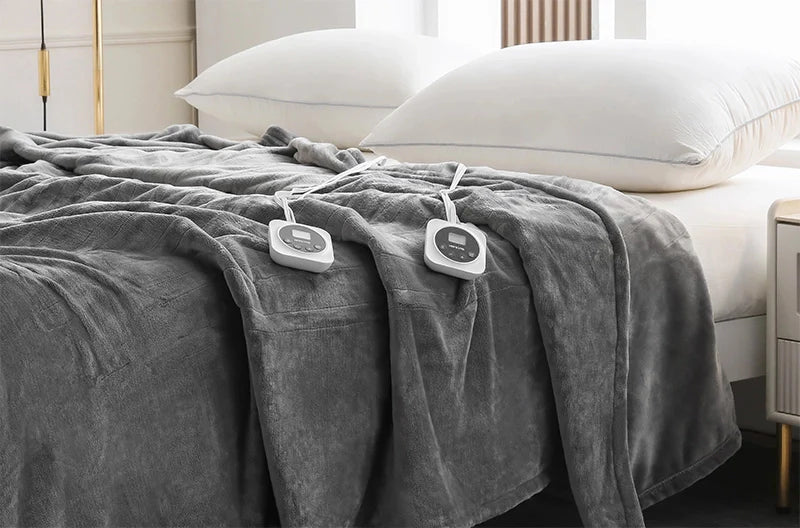
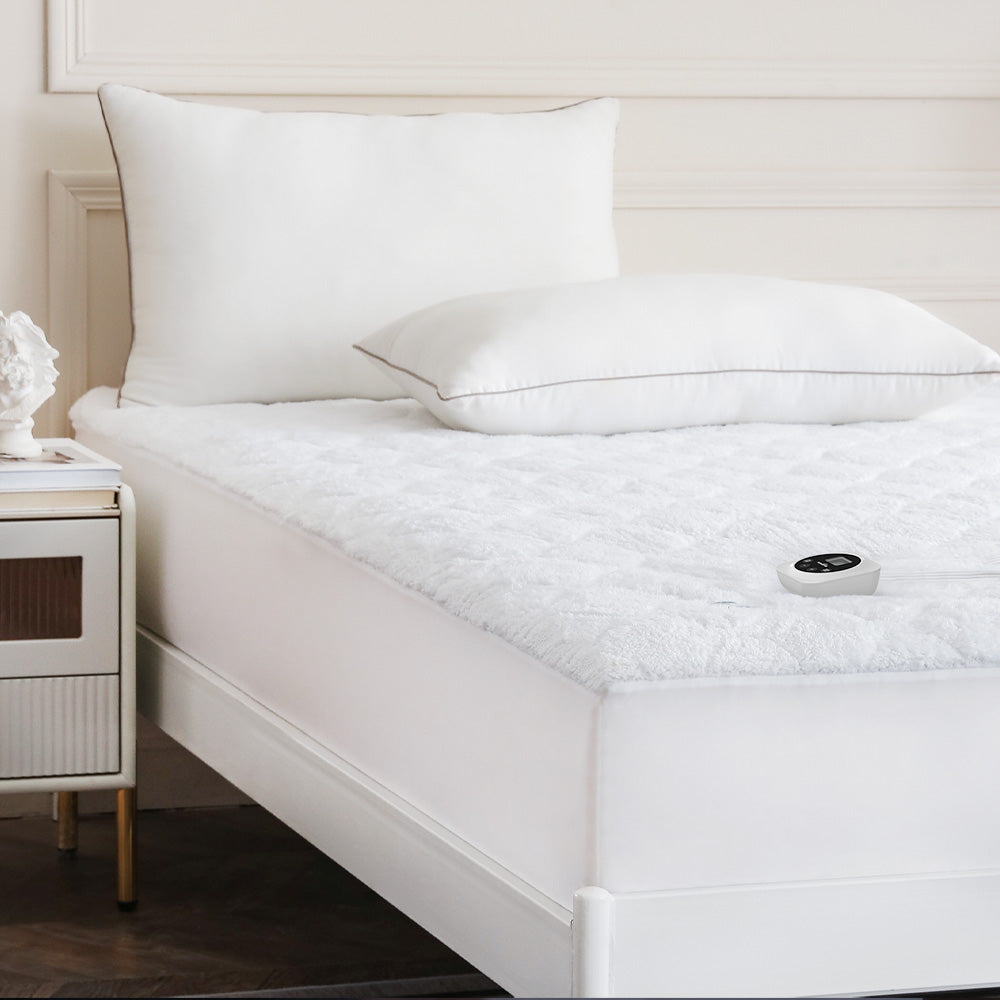
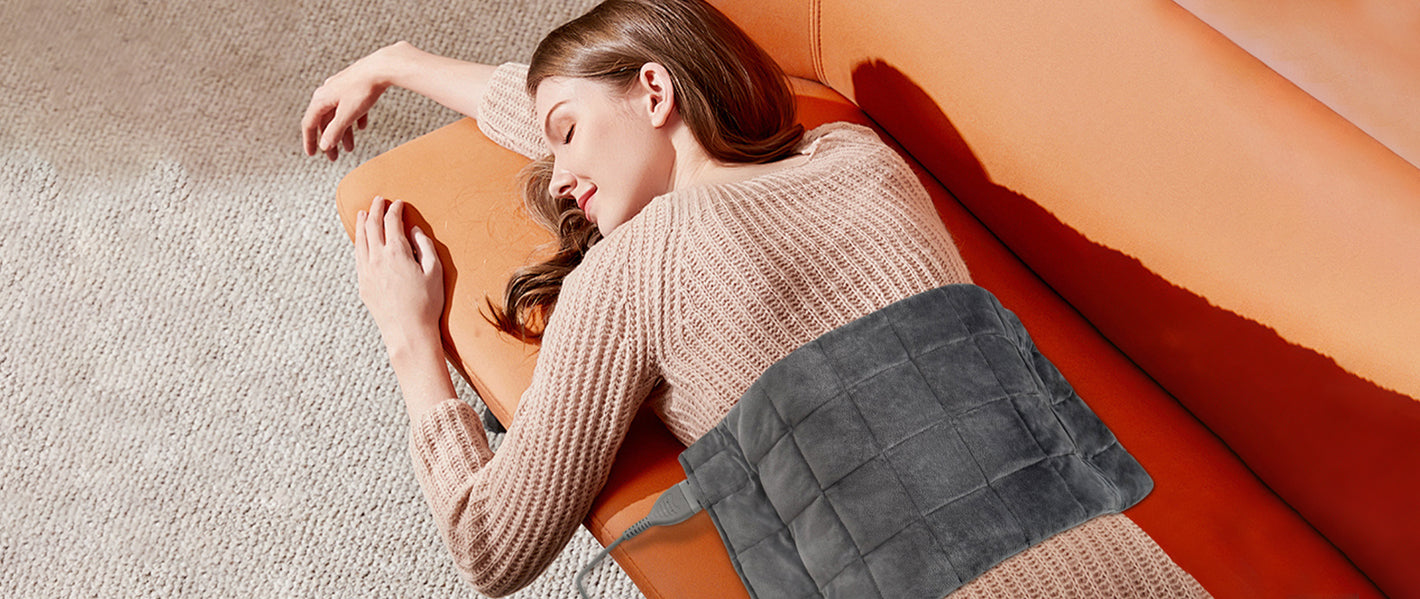
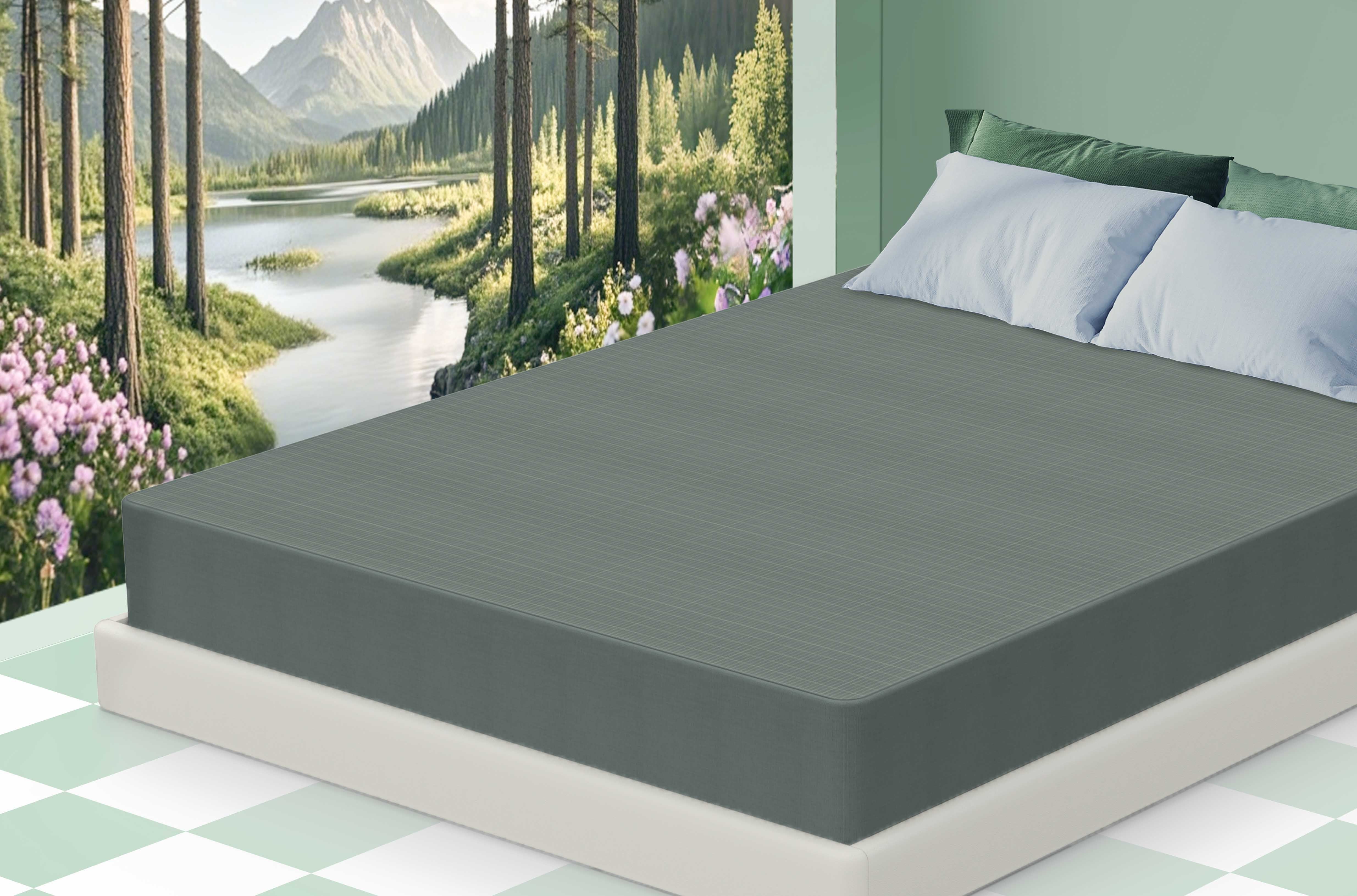
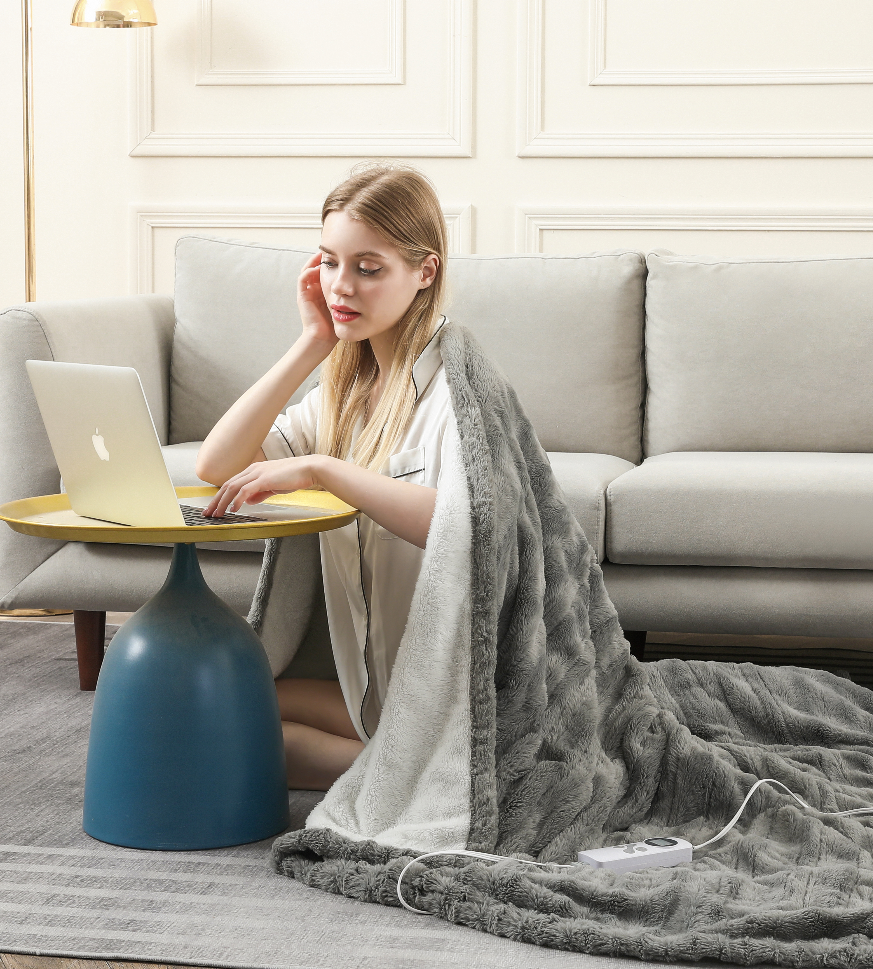
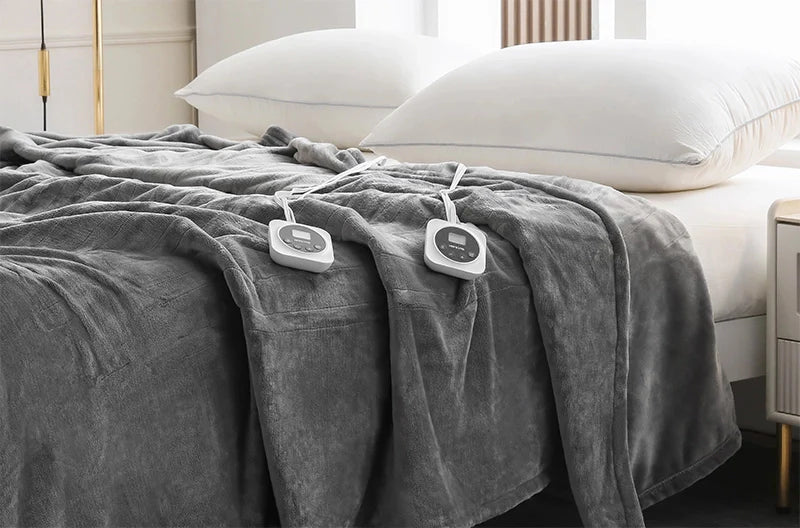
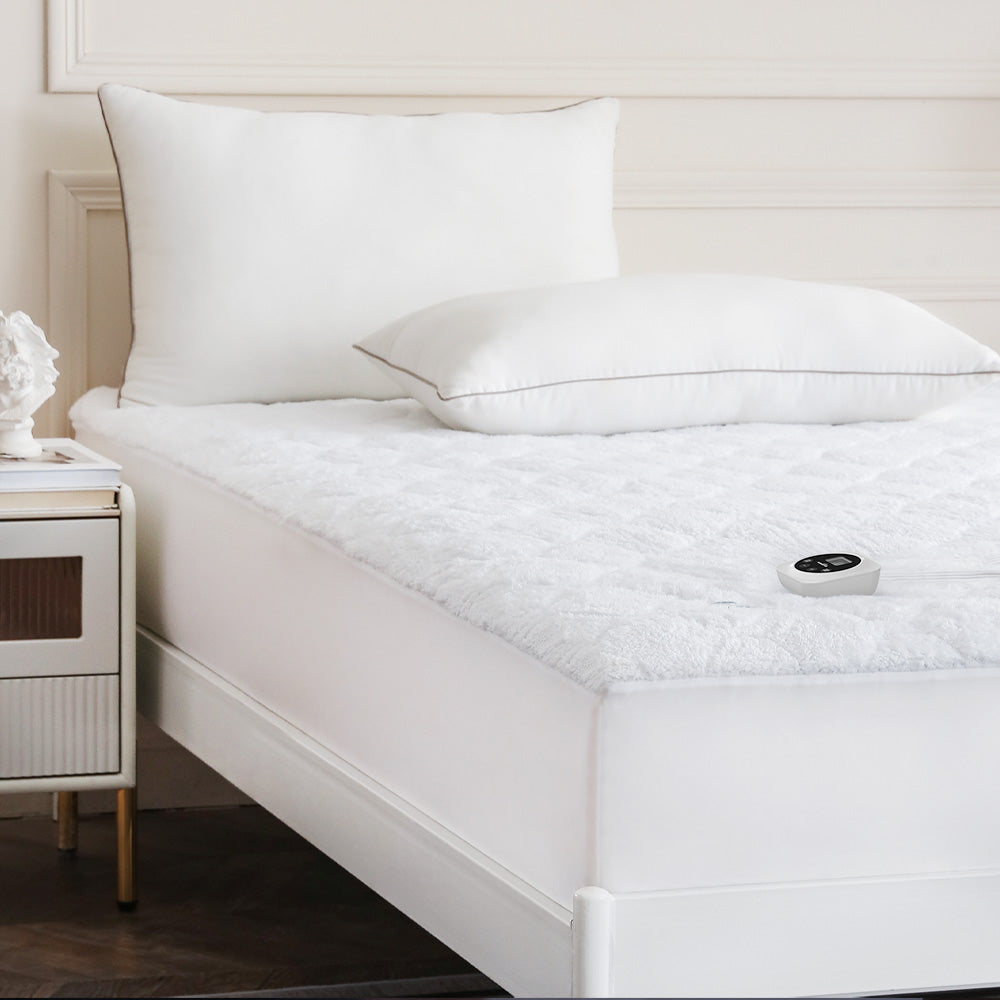
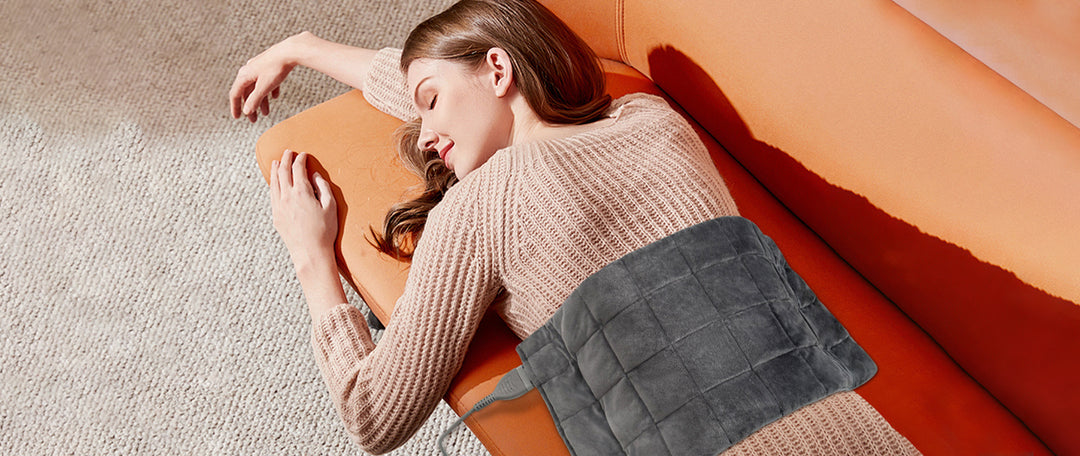
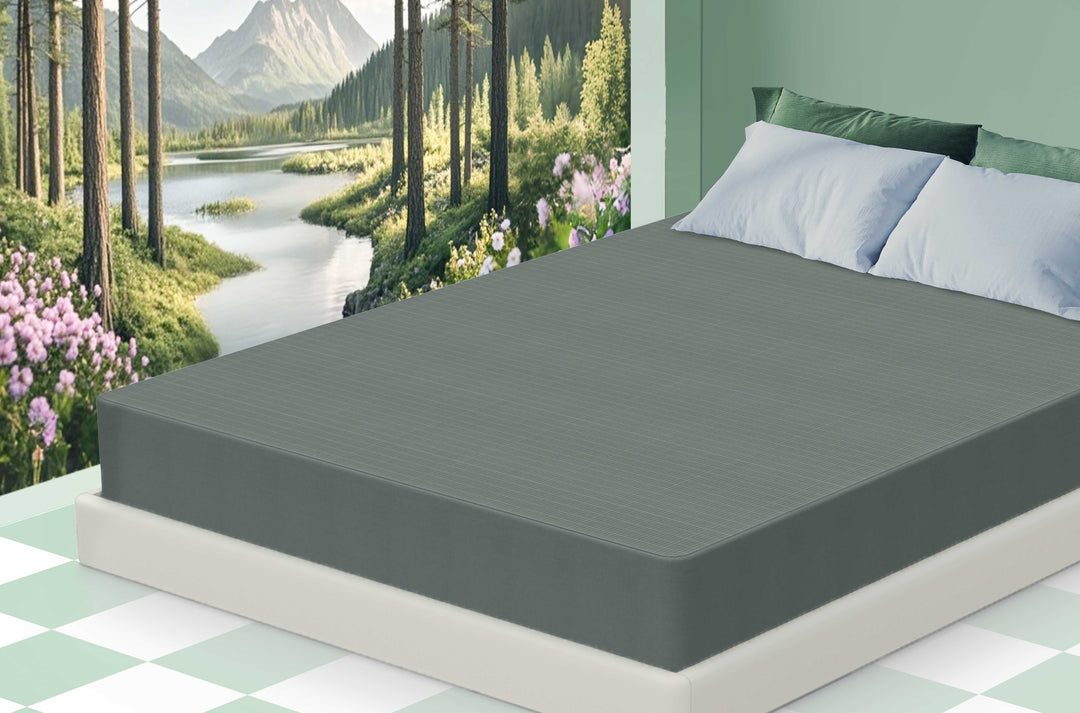



Leave a comment